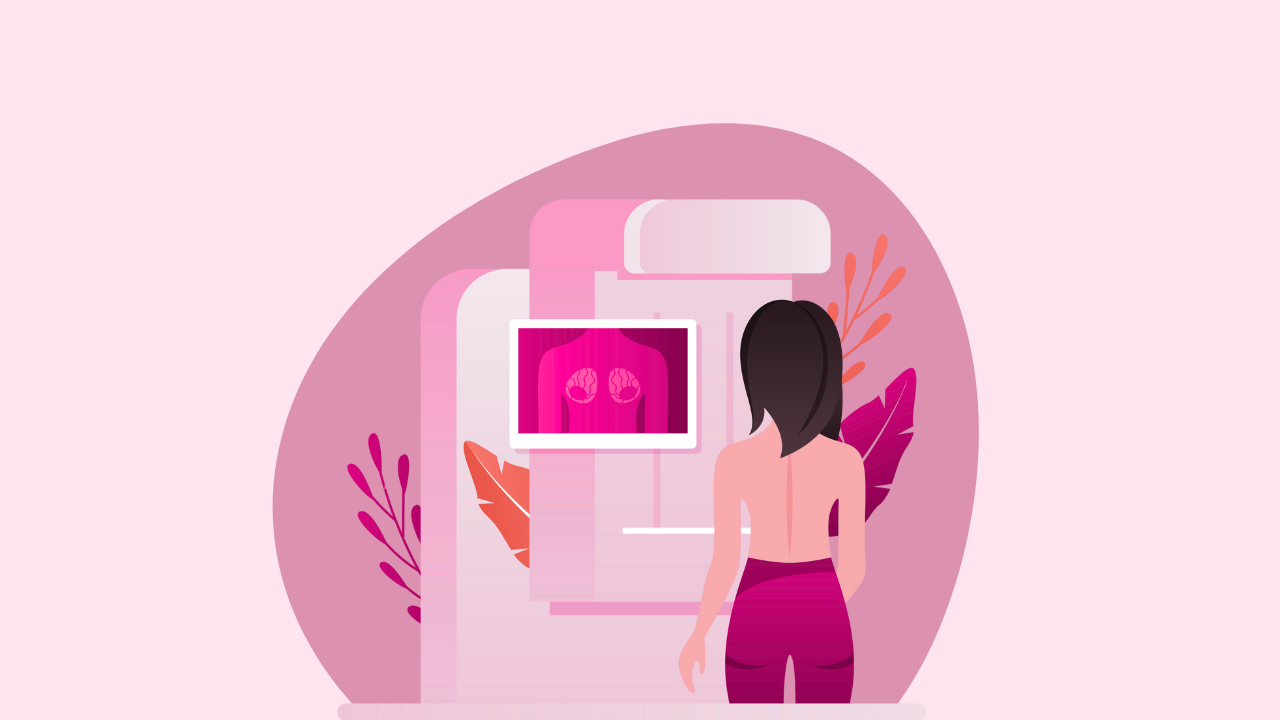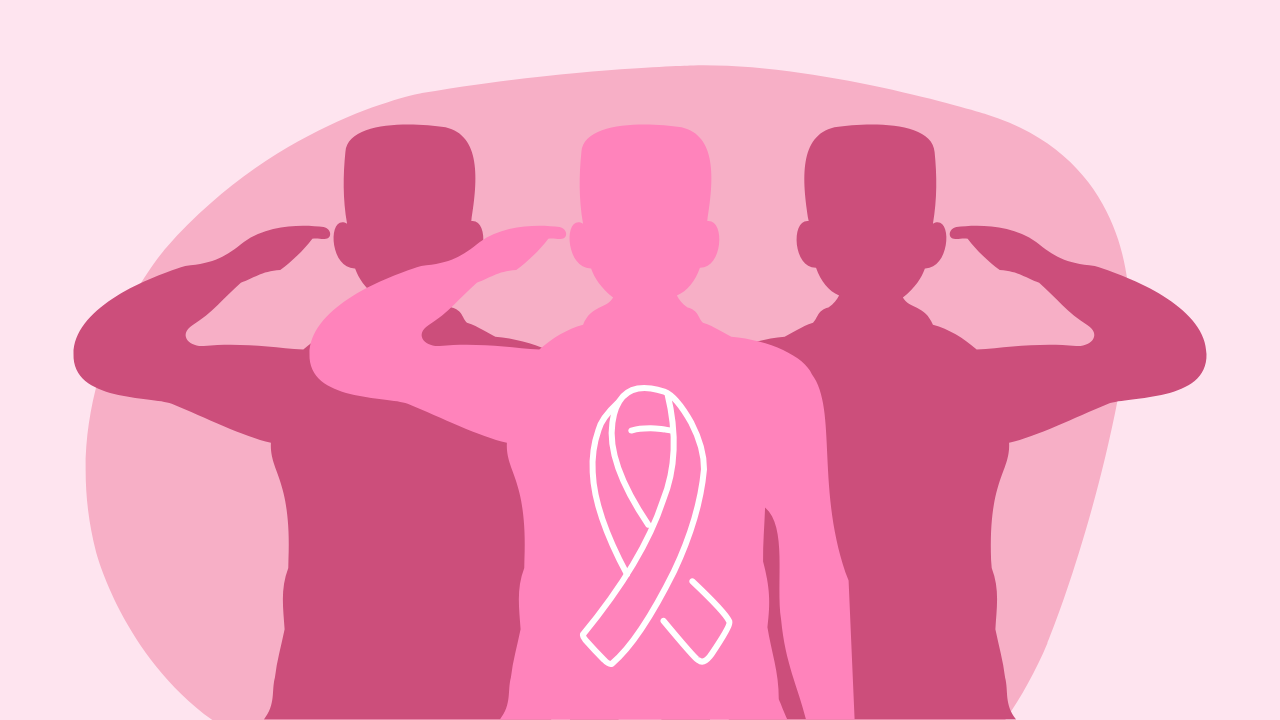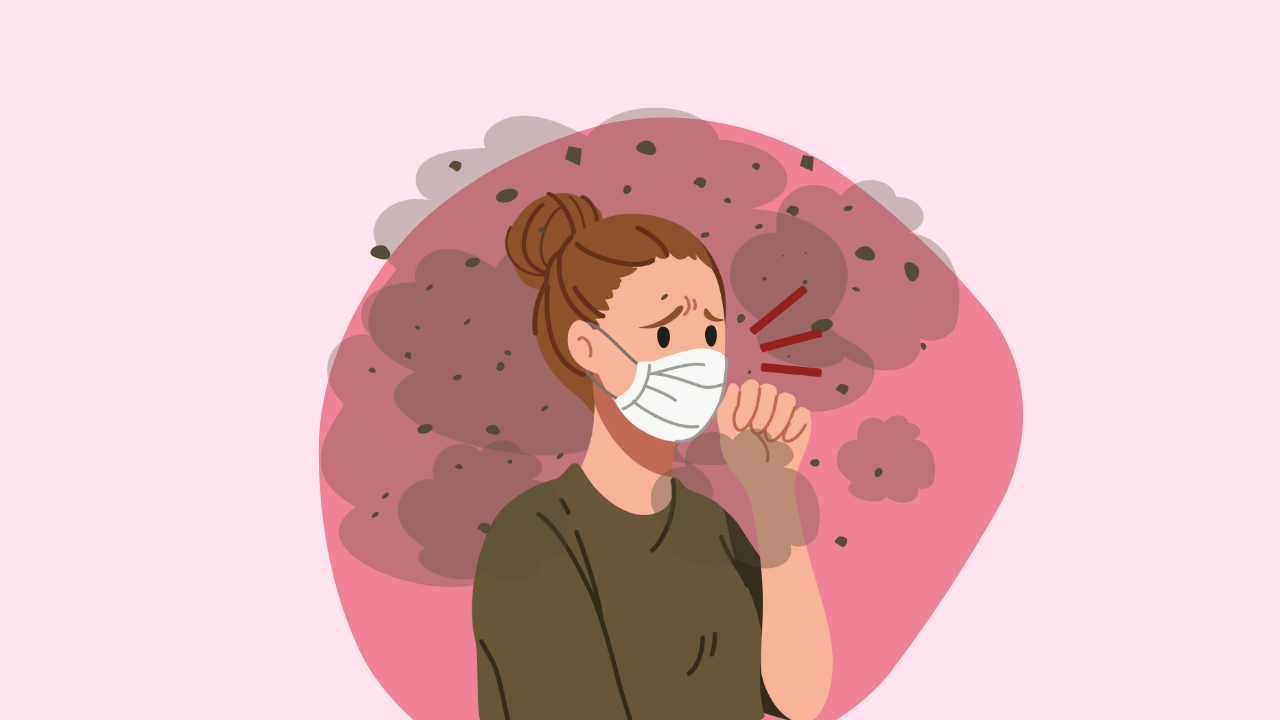Could a Swab Change the Future of Breast Cancer Detection?

Breast cancer is still the most common cancer among women, yet early detection remains one of the most powerful tools we have to save lives. For decades, mammograms have been the gold standard for screening, but they are far from perfect. Some cancers are missed, false positives cause unnecessary stress, and not everyone has equal access to screening. Scientists have been searching for better ways to detect cancer early, and a new study suggests that the answers might already be inside our bodies.
Researchers studied how DNA methylation patterns in non-invasive samples could be used to detect breast cancer. DNA methylation is a biological process where small chemical tags attach to DNA and affect how genes are turned on or off. These changes can happen long before cancer develops, making them powerful clues. The team compared three types of samples: cervical cells, buccal cells from inside the cheek, and blood. What they discovered could change the way we think about breast cancer screening.
Why Buccal and Cervical Samples Stand Out
The results showed that buccal and cervical samples held the strongest signals for detecting breast cancer, while blood samples performed poorly. Among the three, cervical samples showed the highest number of detectable changes, but buccal swabs came surprisingly close and had a unique advantage: they closely mirrored methylation changes in actual breast tissue. That means a simple cheek swab could hold valuable information about breast cancer risk.
Even more promising, the study’s buccal DNA test correctly distinguished between women with and without breast cancer with an accuracy score of 0.75, while cervical samples reached 0.66. Blood tests, by comparison, barely performed better than chance.
The Science Behind It
So why would cells from your mouth or cervix tell us anything about breast cancer? The answer lies in the way our tissues are connected at a biological level. Buccal cells and breast cells come from the same embryonic origin, which means changes in one can sometimes reflect changes in the other. The researchers also found that buccal methylation patterns followed the same trends seen in actual breast tumors, which supports the idea that these cells can act as powerful “surrogate reporters.”
What This Could Mean for the Future
Imagine a future where a quick cheek swab during a routine checkup could flag early signs of breast cancer risk long before a mammogram would detect anything. This technology is not ready for clinics yet, but the potential is huge. Buccal samples are easy to collect, comfortable for patients, and well-suited for at-home or community-based testing.
If validated by larger studies, this approach could make screenings more accessible, especially for women in underserved communities. It could also personalize screening schedules by identifying higher-risk women who need more frequent monitoring and sparing lower-risk women from unnecessary tests.







